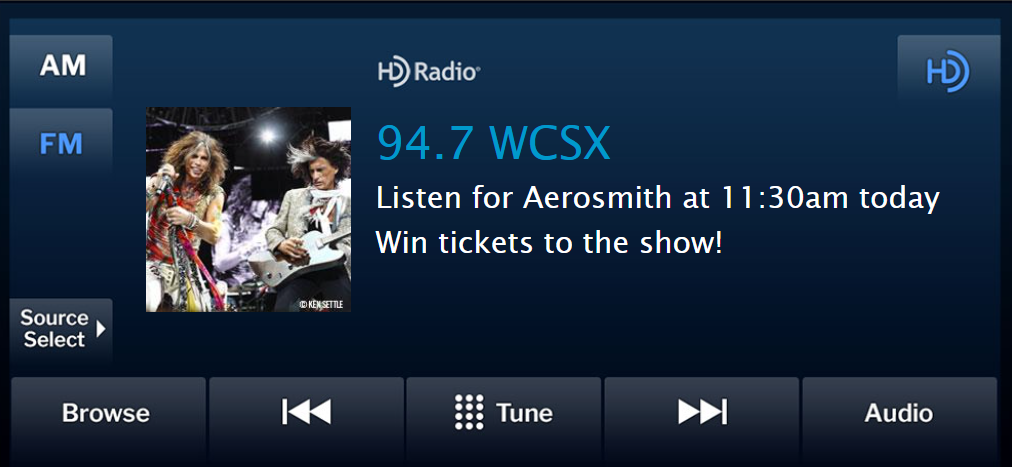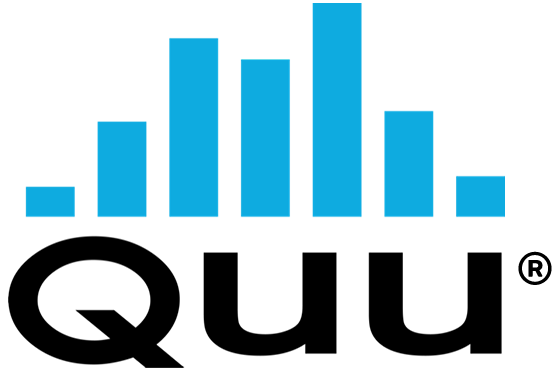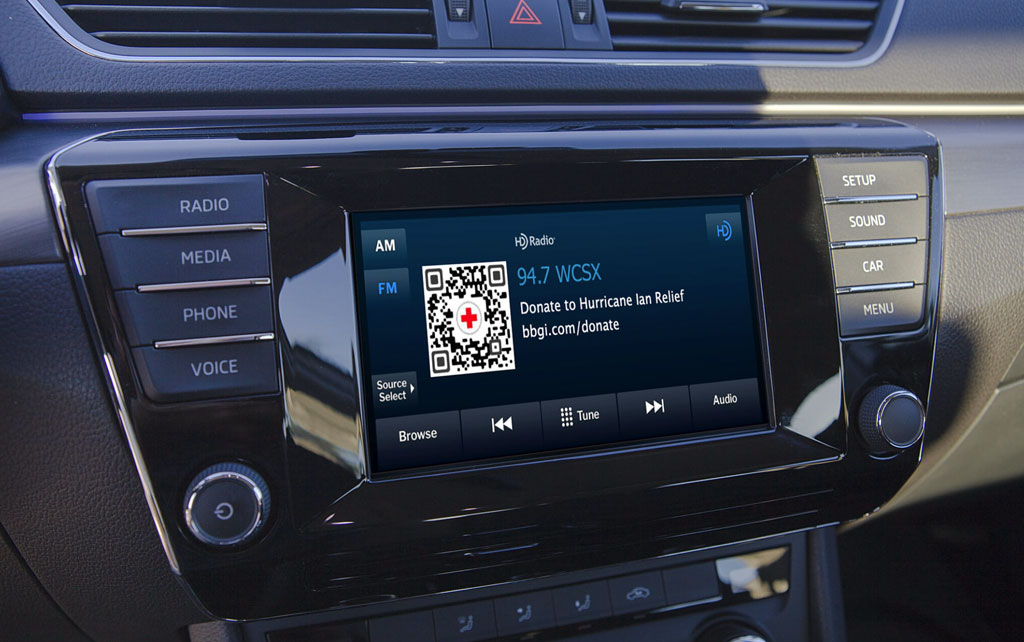Read the original story from Jacobs Media.
You programmers are either going to love me or curse me for today’s post. For everyone else in and out around the world of broadcast radio, I hope it’s an eye-opener about how radio’s relationship to the car in general, and the infotainment screen in particular is changing.
I’m an old school PD who programmed in the age of car radios with two knobs and six presets. No RDS. No album artwork. No digital.
The world of analog car radio didn’t have a whole lot of strategy behind. The key was to become one of the car owner’s six preset buttons, preferably the station in the #1 position. Beyond that, it was pretty much a matter of how well you programmed your station and its relative loudness as a driver punched around between stations.
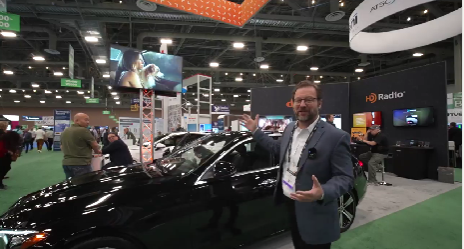
Today, programming in the car has become synonymous with military tactics. New technology, toys, and weaponry are available to the programmer – IF (big “if”) she decides to use them. I got to sit in on a presentation by Xperi mastermind Joe D’Angelo (pictured) yesterday. His new deck is loaded with new features and tools for stations, ranging from actual usage data with heat maps (think ratings), song lyrics on the screen (even synced to the song so you can karaoke on your way to work, school, or the Taylor Swift concert. And down the road (sorry), some of the technology we’ve seen at CES – the car reading your mood and adjusting the music to match it – is around the corner.

So we shouldn’t be surprised that dashboard messaging is becoming more sophisticated, now that more and more clever, tactical PDs have had a a chance to use it over the past few years. Paul and I got our education in this space thanks to Steve Newberry (pictured) now CEO of Quu, the company that has brought this technology to the radio industry. In his former life at the NAB, Steve hired us to run audits of dashboard displays in three markets back in 2017 – Grand Rapids, Philly, and Charlotte.
The results were revealing in that so many stations’ metadata displays were inaccurate, inert, or just plain lame. In a world where broadcast radio shares dashboard “real estate” with streaming audio platforms, satellite radio, podcasts, and even video, the way AM/FM stations look in the car becomes yet another indicator of our industry’s relevance in the fast-changing world of audio. The data was published for all to see (including non-NAB members), and has been updated by the NAB team. You can get it here.
And yet, a half dozen years later, I regularly speak with programmers in commercial, public, and Christian radio who have no earthly idea this technology is even possible. They somehow don’t notice it when in a car and/or they believe they have no control over the metadata and the messaging it can deliver. While it might be wise for the NAB to commission a follow-up audit, my subjective evaluation is that radio broadcasters as a whole have made significant progress in recent years. In general, stations look better on dashboard touchscreens, metadata messages have improved (and are even shorter), and album artwork has been upgraded.
On the sales front, many reps have connected agencies and retailers to this technology, allowing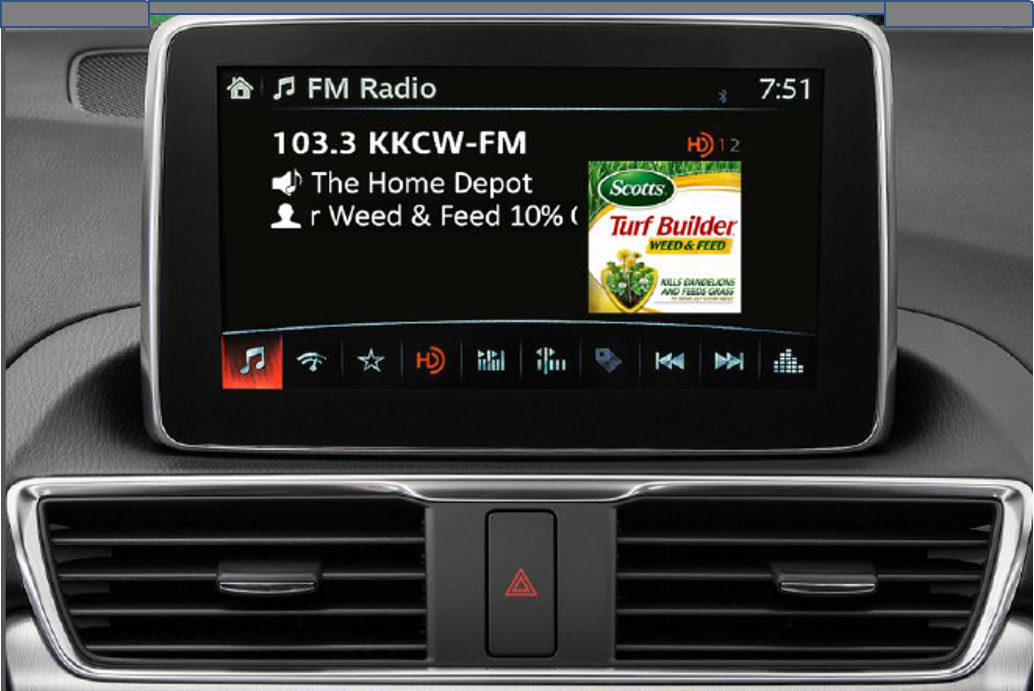 for advertisers to include logo artwork and slug lines during spots breaks, but also during programming content. To my knowledge, no other audio platforms offer this service. Advantage: radio.
for advertisers to include logo artwork and slug lines during spots breaks, but also during programming content. To my knowledge, no other audio platforms offer this service. Advantage: radio.
And there’s no shortage of research that shows “brand lift” for advertisers that include their artwork and a sales line on vehicles capable of RDS and/or HD radio visuals.
So, how’s it going? While there is still a lot of digital detritus on dashboard screens, radio broadcasters have made great strides.
But in a reversal of typical radio fortunes, the programming department has lagged behind. When I first started learning about metadata and its capabilities, my PD brain started moving and shaking, envisioning the possibilities. We have even tested some of them in our recent Techsurveys among the nearly 80% of respondents who have at least RDS technology in the vehicles they drive. Here’s the current metadata feature hierarchy based on our 2023 data:
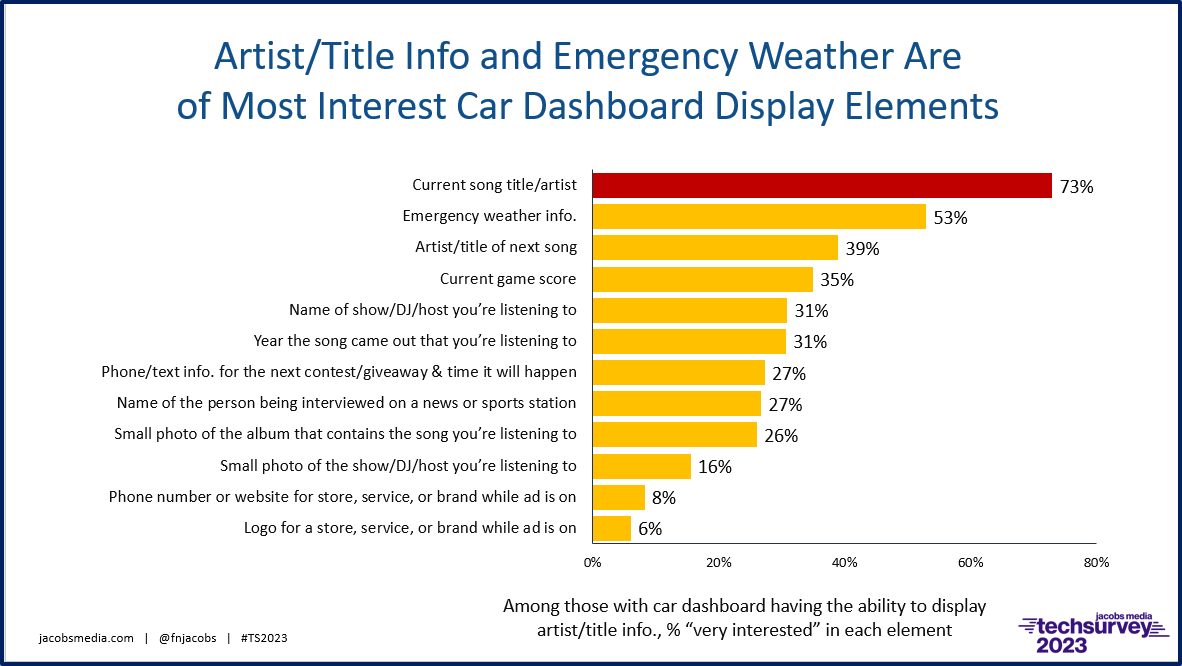
It’s pretty straightforward. Artist and title information of the song being played is table stakes. Nearly three in four consumers with the technology in their cars show the highest degree of interest in this now-basic feature. Emergency info is a solid second, while the artist and title of the next song, and the current score of a sports event you’re listening to are in the running, too.

I expect many of these metadata-driven features will increase in popularity as consumers get used to seeing them. It’s like going to a baseball game and seeing the speed of the pitch – a relatively new addition to scoreboard data. After you see it again and again, you being to start looking for it, you expect it to be part of the data set that is shown. Same thing with dashboard messaging for radio.
I spend most of my time in Detroit, so I’ve had an eye on what Beasley’s VP/National Content, Scott Jameson, (pictured) has been whipping up in this department for the company’s two leading rock stations in the market – the mighty, mighty WRIF and Classic Rock stalwart WCSX. Scott has approached the art of metadata programming both strategically and tactically with his messaging. Some of it is subtle, while other use cases have been highly intentional, hoping to spur a reaction or at least an impression from drivers and passengers.
Take the recent Aerosmith concert for example, their final appearance in Detroit:
“We wanted to try something different when giving away tickets. I built a 2-day vertical in prime time on Wednesday and Thursday, the last day and first day of a PPM week. On-air and online promos directed fans to ‘watch & win’ their vehicle display for when the next pair is given away, with the trigger being an Aerosmith track we play.
